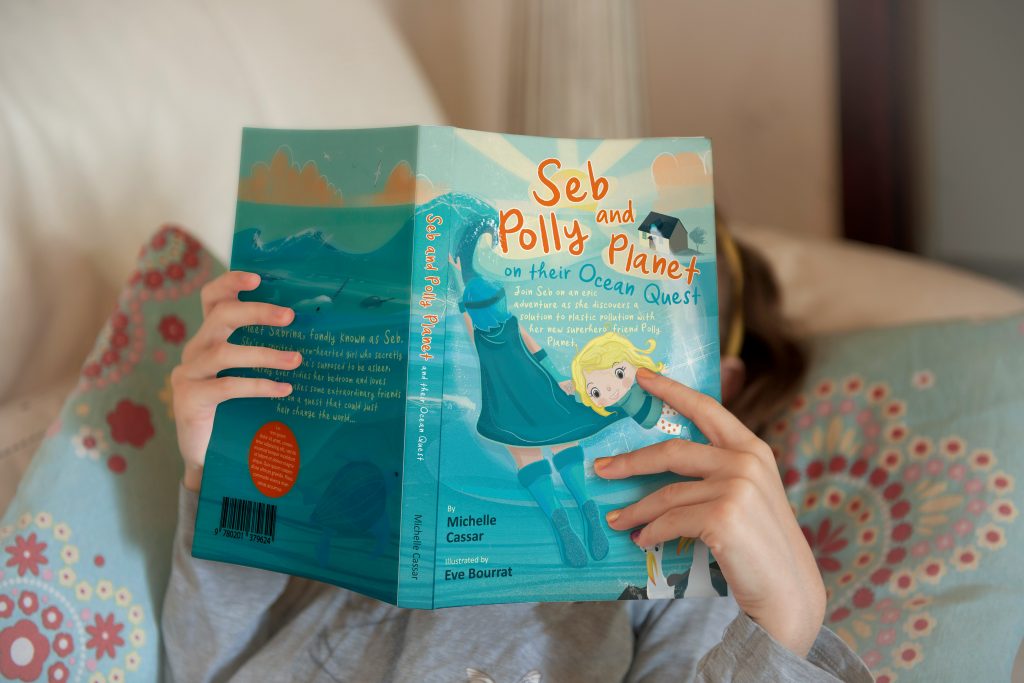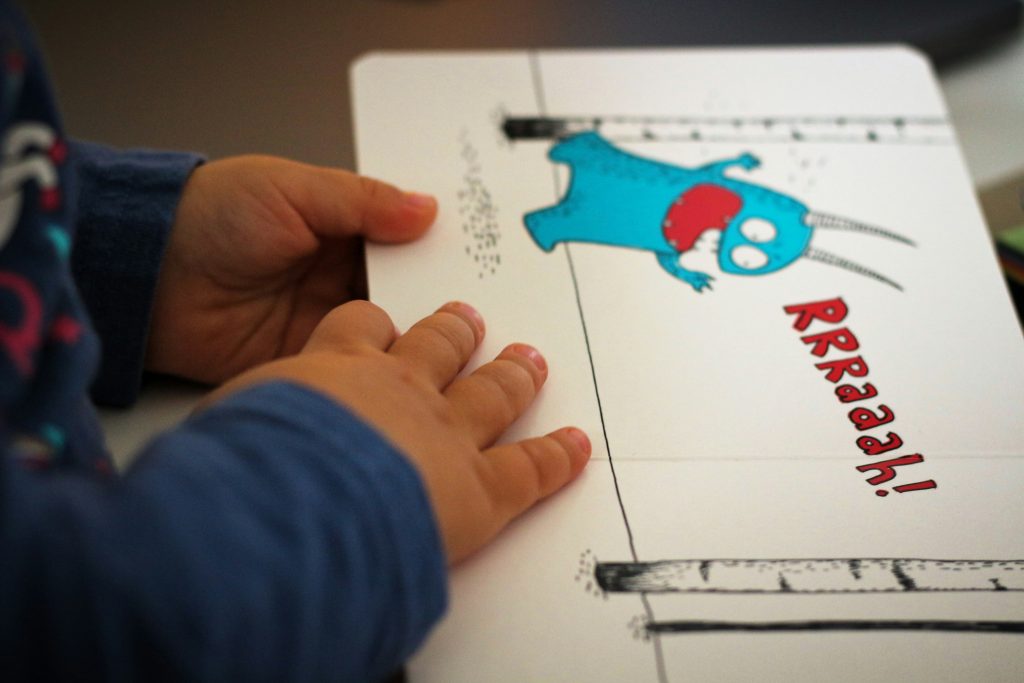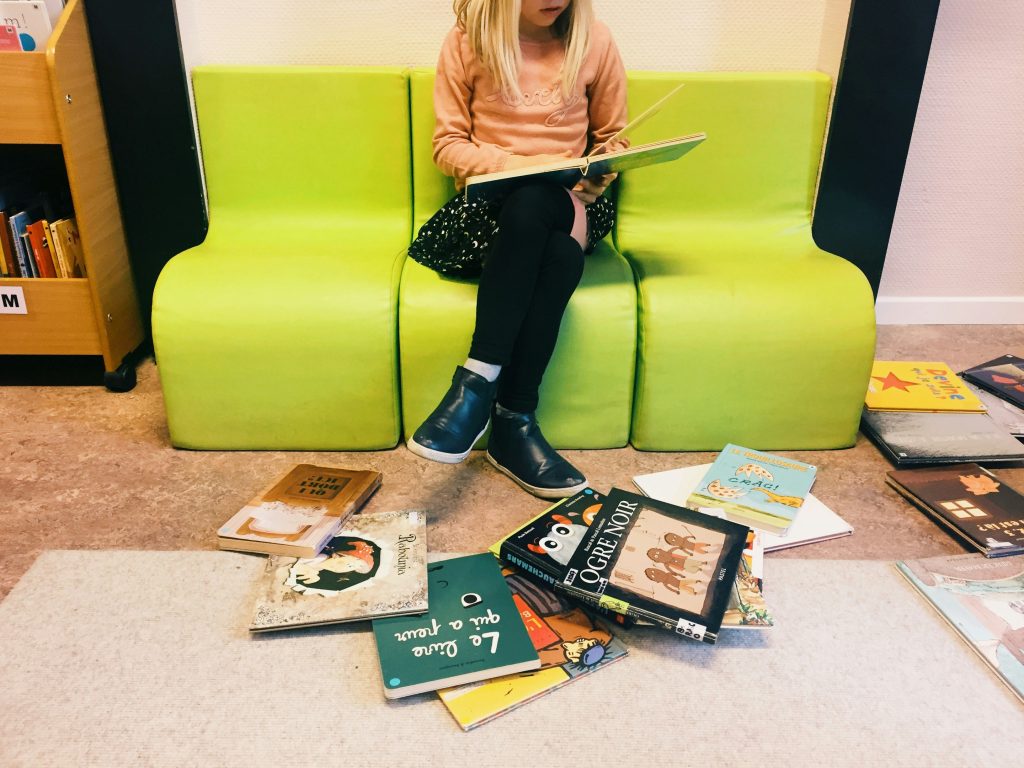Reading aloud to children is one of the most powerful tools for early education. It fosters language development, strengthens bonds between children and adults, and builds a foundation for lifelong learning. Whether you’re a parent, educator, or caregiver, incorporating kids books read aloud into a daily routine provides countless benefits across every stage of childhood development.
The Science Behind Read-Aloud Learning
When children hear books read aloud, it activates multiple parts of the brain involved in comprehension, visualization, and emotional connection. According to experts in child development, read-aloud experiences help boost vocabulary acquisition by up to 40% more than independent silent reading.

Educational learning books for kids often include rhythmic text and repeated sentence structures, which help children identify word patterns and retain new vocabulary. Studies have shown that reading aloud enhances literacy more effectively than any other single activity.

Early Exposure Sets the Stage
Introducing books during toddlerhood is crucial. Educational learning books for toddlers that focus on shapes, sounds, and textures enhance sensory learning and improve attention spans. Interactive titles like touch-and-feel board books or lift-the-flap stories make for ideal read-alouds at this age.

By kindergarten age, children are ready to dive into educational books for kindergarten. These often include phonics-based stories and sight-word repetition to prepare kids for independent reading. Books like those from learners educational publishers offer guided reading and writing exercises tailored for beginners.

Read-Aloud Books by Age Group
- Educational books for 7 year olds: Introduce story-driven books that expand vocabulary and moral lessons.
- Learning books for 8 year olds: Begin exploring early chapter books with complex sentence structures.
- Educational books for 10-year olds: Choose longer narratives with developed plots to enhance comprehension.
- Educational books for 12 year olds: Young readers can tackle advanced themes in literature while still enjoying the emotional support that read-aloud experiences offer.
Pair these books with tools like the kids educational learning tracing book 64 pages to reinforce spelling, letter formation, and handwriting practice.

Digital and E-Learning Integration
E-books and interactive learning platforms make read-aloud experiences more accessible. An e learning book with read-along audio allows children to follow text while hearing correct pronunciation and inflection. These digital tools are excellent for auditory learners and children with reading difficulties.
Don’t forget to browse the learning well- books price list to find high-quality titles for every age group.
